What is NEAR Protocol?
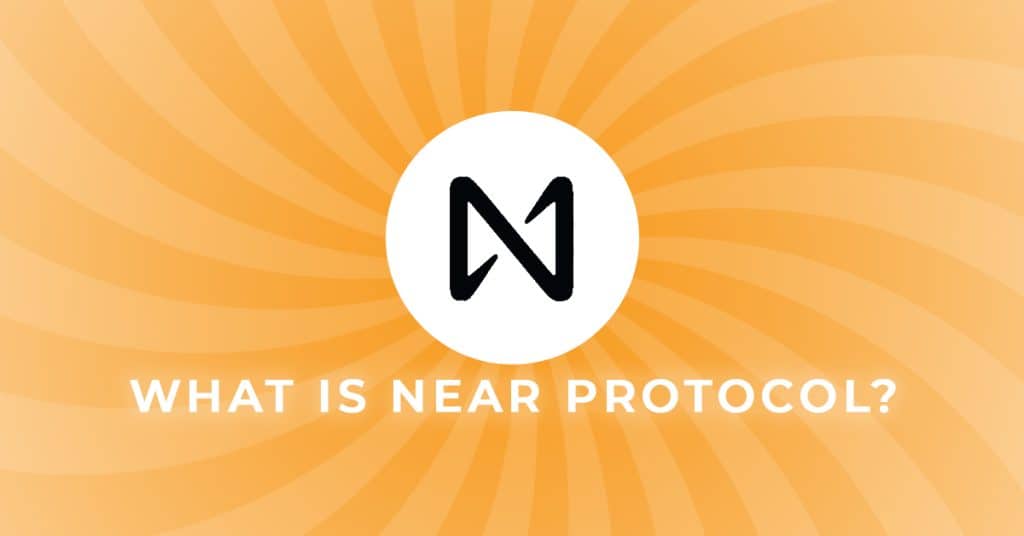
In the world of Layer 1 blockchains, NEAR Protocol is a relative newcomer, having launched its live mainnet as recently as April 2020. NEAR’s defining characteristics are that it’s a public proof-of-stake blockchain, designed to handle smart contracts and run decentralized applications.
That means, basically, that it’s intended to do what Ethereum can, but better. And by better that means with security and decentralization, but faster and more cheaply, and without the need for Layer 2 scaling solutions.
As for whether NEAR can achieve those aims, the answer would have to be, on paper, yes. NEAR uses a built-in sharding system called Nightshade, which differentiates it from Ethereum and allows it to scale efficiently, keeping transaction costs low and throughput high.
However, although NEAR has technical advantages, Ethereum has first mover advantage and strong network effects on its side. As an alternative Layer 1, NEAR Protocol’s most direct competitors are the likes of Cardano, Solana, Avalanche, Algorand and BNB Chain.
NEAR Token and Wallets
The native token of NEAR Protocol is called NEAR, and it can be exchanged or purchased on major exchanges including Binance, Coinbase and Kraken. The NEAR token is used for computational costs on the blockchain, and–as NEAR Protocol is a proof-of-stake system–to secure the network through validator nodes.
To dive into the NEAR ecosystem and interact, you’ll need to transfer your NEAR tokens from an exchange into a suitable wallet, and there are several products to choose from.
NEAR Wallet is a straightforward, go-to choice. It’s a web-based wallet that will allow you to send, receive and stake NEAR, can handle and display NEAR NFTs, interact with NEAR dApps, and is very easy to set up right there in your browser on any kind of device.
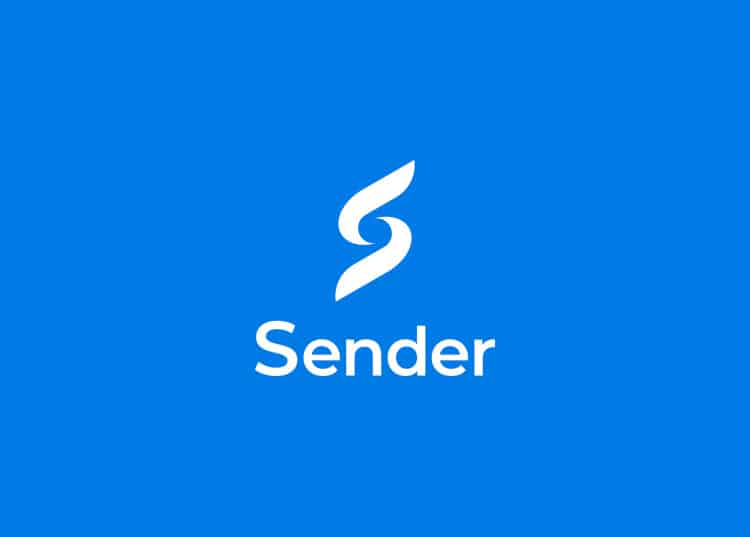
Another popular choice is Sender Wallet, which sits up in your browser bar in a familiar, MetaMask-style way, does everything NEAR Wallet can, and is available for mobile. If you’re used to MetaMask, this may be the best option.
Either of these choices will work fine, but if you want to explore further alternatives, then you could take a look at MyNearWallet, Nightly, or Opto Wallet, and there are still others besides those.
Liquid Staking and DeFi
There are around 210 active validating nodes keeping the NEAR network running, meaning it’s decentralized, but, for comparison, falls far short of the over 11,000 Ethereum nodes currently tracked on Etherscan. Anyone with NEAR in their wallet can stake tokens to a validator pool and earn staking rewards, in addition to helping maintain the functionality of the network.
A problem with conventional staking is that your assets become illiquid while they’re locked up in the staking smart contract, but this problem can be bypassed through liquid staking, which means, basically, that when you stake your tokens, you get some receipt tokens in return, which can then also be utilized to create more returns.

The leading platform to do this on NEAR is Meta Pool, which will return a token called stNEAR in exchange for staked NEAR. This token, stNEAR, can then be used in DeFi protocols such as Meta Yield, where it helps to support new projects, on Burrow and Aurigami as lending collateral, and it can be traded and farmed at Trisolaris and WannaSwap.
A couple of other major liquid staking platforms to explore are LiNEAR, which operates a bonding mechanism to amplify yields, and Stader, which is a multi-chain platform.
In general, NEAR Protocol has an expansive, sprawling DeFi ecosystem to explore at your leisure, with some key platforms and protocols including Ref Finance, the first AMM and DEX on NEAR, Bastion, which is built on Aurora (explained below), Tonic, an alternative DEX, PembRock Finance, which enables leveraged yield farming, and Spin, which uses an order book model and has multiple features to get to grips with.
Aurora and Octopus Network
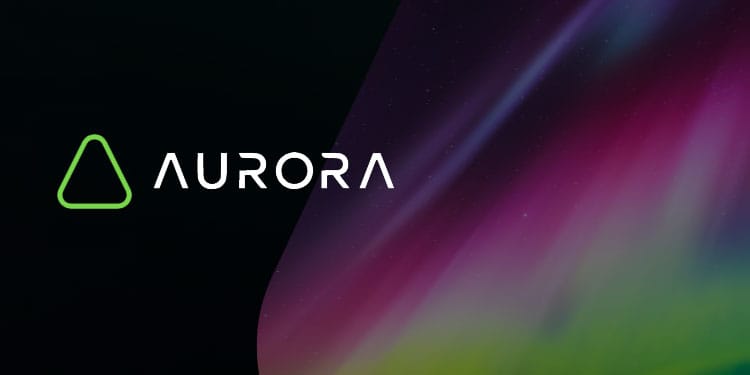
Aurora is a Layer 2 network running on NEAR that’s compatible with Ethereum for development and deployment purposes, and uses ETH as its base currency. This allows for the production of dApps that can take advantage of NEAR’s speed, scalability and low costs, while tapping into Ethereum’s connections and reach. The bridge linking NEAR, Aurora and Ethereum is Rainbow Bridge, which allows for low-cost movement of assets between networks.
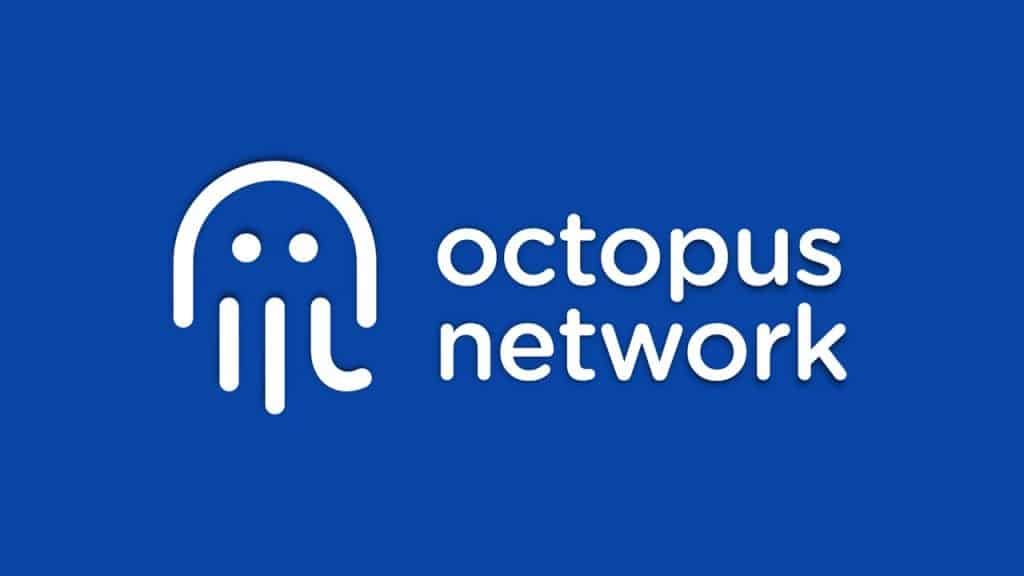
Octopus Network is interoperable with Ethereum and connects NEAR with Substrate (a blockchain SDK closely connected to Polkadot) and IBC blockchains (IBC is the Inter-Blockchain Communication protocol, developed by Cosmos to facilitate blockchain connectivity). Octopus can be used to build and link up appchains, which are application-specific blockchains, meaning customized chains. Octopus enables an interoperable network of blockchains, with no upper limit on the number of appchains that can potentially be integrated.
NFTs on NEAR Protocol
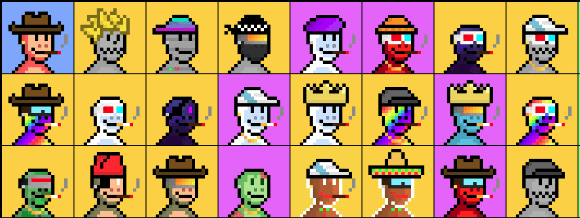
NFTs can drive a huge amount of activity and attention, as has been seen most notably on Ethereum and Solana. Just to be clear in our definitions, an NFT is a token on the blockchain that’s a unique asset, rather than being interchangeable with other, identical tokens.
On NEAR Protocol there’s an NFT scene emerging around several marketplaces. The main trading platforms are Paras, which does the most volume, Mintbase, which focuses also on minting new NFTs, and toolkits for developers planning to build on NEAR, and Few and Far, which is creating an active hub within the NEAR NFT space.
The current top three NEAR NFT collections by volume are, according to stats from Paras, Antisocial Ape Club, NEARnauts, and Secret Skellies Society.
Developer and User Onboarding
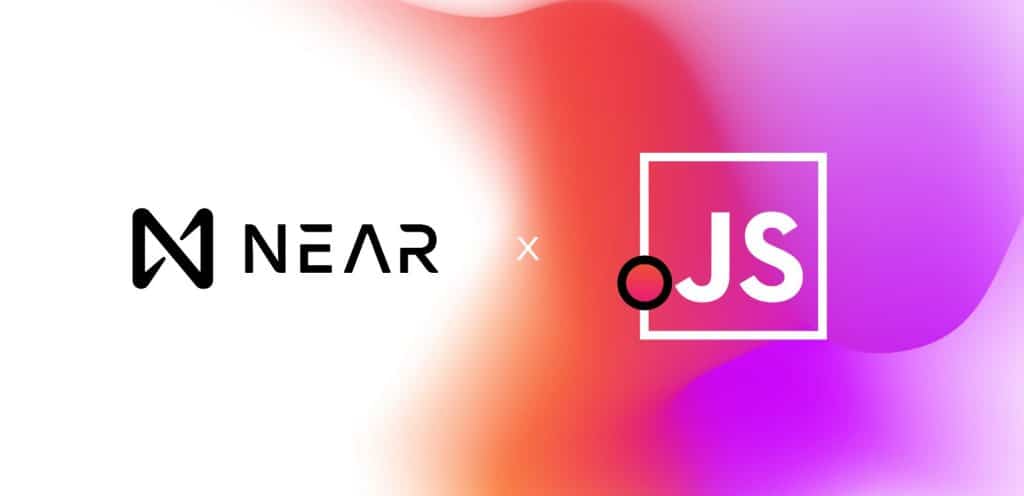
NEAR protocol is known as a developer-friendly network, and, since 2018 (before mainnet went live), has grown from having fewer than 50 active developers to having over 600.
Developers can use the popular Rust programming language and, through Aurora, the Ethereum smart contract standard Solidity. Also though, through NEAR’s JS SDK, developers can code in Javascript, which is the most used programming language in the world, and makes NEAR a very accessible blockchain from a development point of view.
Getting started is made easier still through the network’s Pagoda startup platform, and this all ties in with NEAR’s ambitious plans to onboard web2 developers and applications into the web3 space. NEAR’s team cites the fact that there are currently only around 20,000 web3 developers, across all blockchains, while there are more than 20 million Javascript developers worldwide.
As well as being appealing to developers, NEAR claims to have the easiest onboarding process for users too, and has mass web3 adoption in mind, specifying a target of 1 billion users to be onboarded into web3 over the next five years.
These ambitions were given a further boost with the 2023 release of a web3 composable frontend, which is part of what’s being called the Blockchain Operating System, the intention being to make NEAR a cross-protocol entry point to web3.
Notable Projects
A major application operating on NEAR is the move-to-earn platform Sweat Economy. Originally, dating from 2015, there was Sweatcoin, a hugely popular web2 app that encouraged movement and fitness. This then evolved into the web3 development Sweat Economy, which rewards users for being active through its SWEAT token. These two branches–Sweatcoin and Sweat Economy–are linked and work concurrently.
Another proven company building on NEAR is PlayEmber, a solidly productive mobile gaming studio that has racked up over 100 million downloads, and is now moving into blockchain gaming development, bringing with it the potential to onboard a lot of web3 newcomers from its existing player base.
And making inroads from another business sector there is Seatlab, which is a web3 ticketing marketplace that makes use of NFTs, and is aiming to shake up the way the ticketing industry operates.
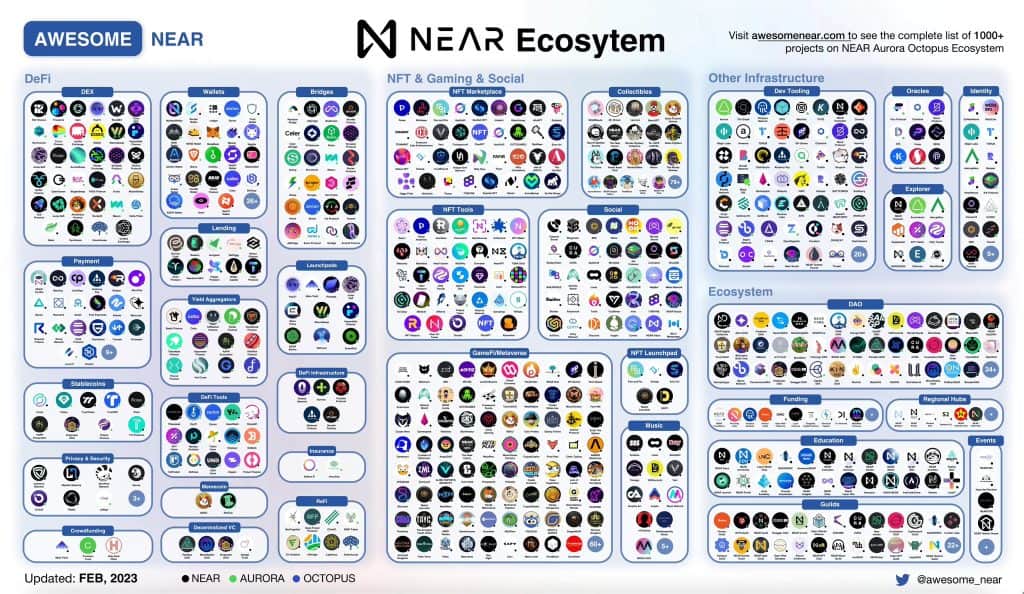
If you take a look at project tracker AwesomeNEAR, you can get a sense of how fast-paced and always-expanding the NEAR Protocol ecosystem is, with over 1,000 projects currently operating or in development, big plans for the coming years, and enormous potential when it comes to bringing in new users.

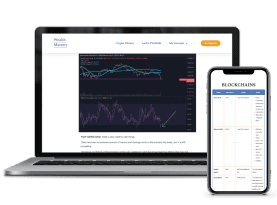




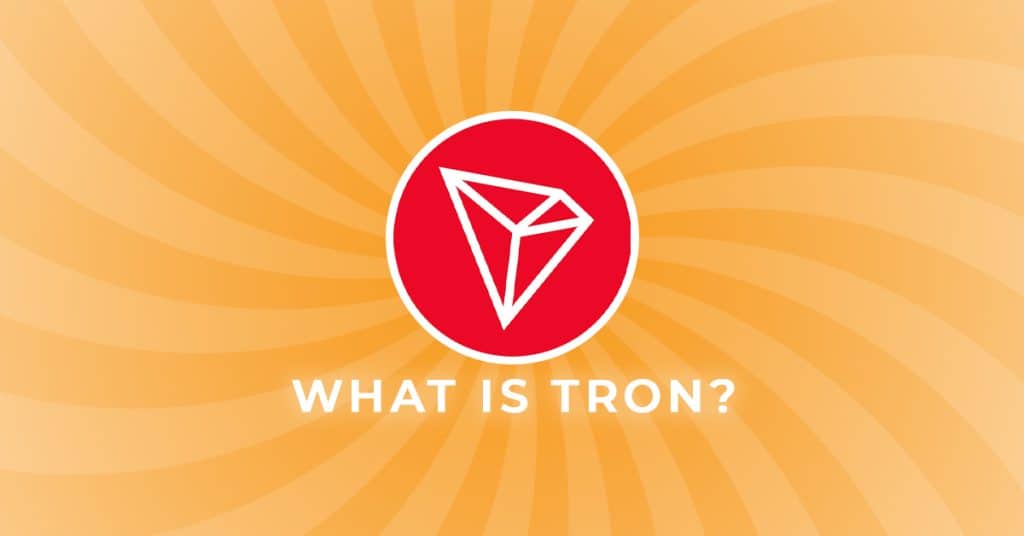

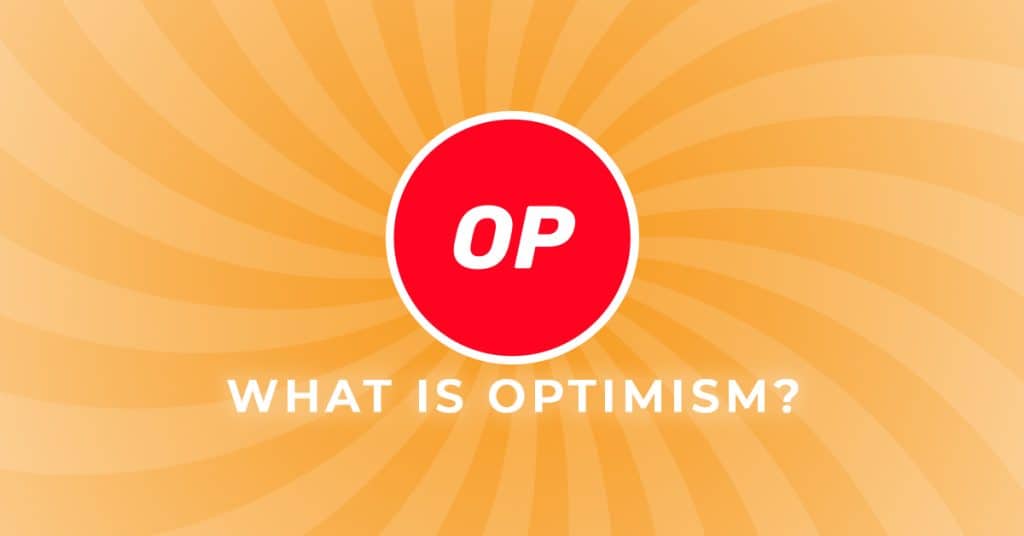
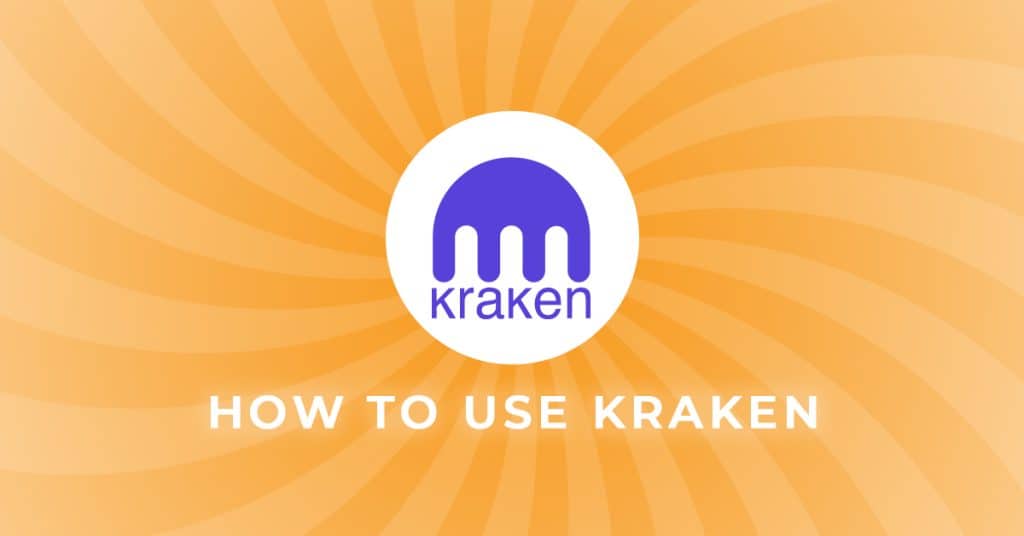
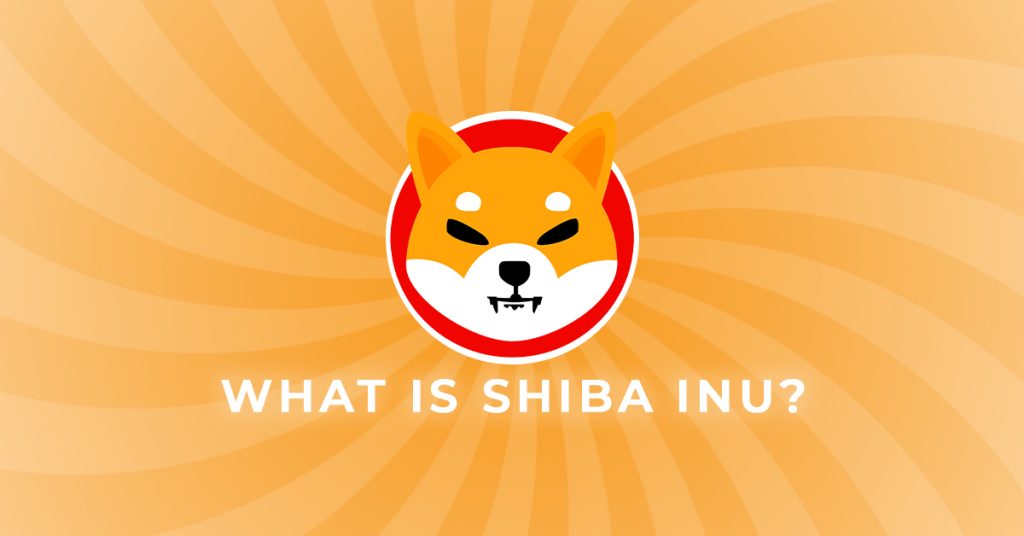
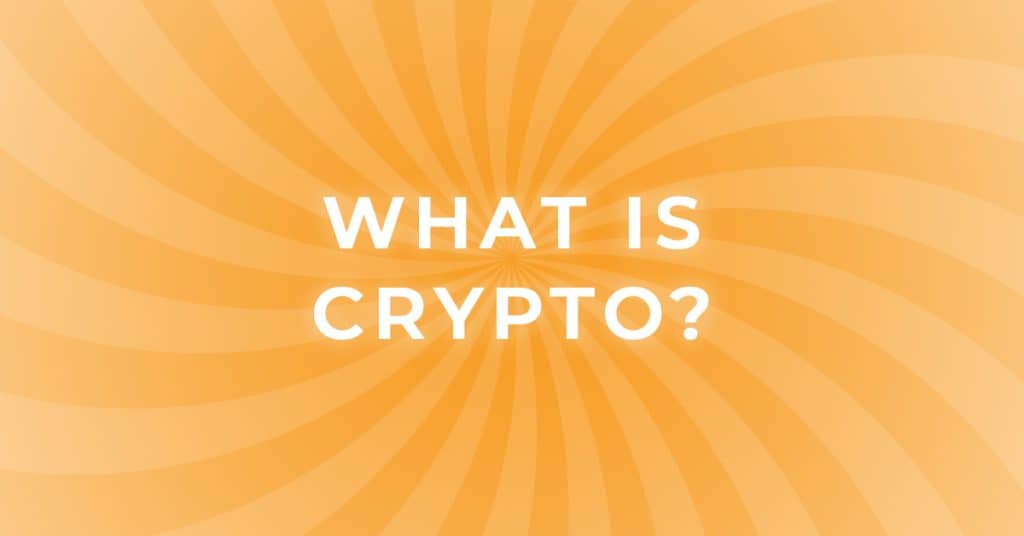
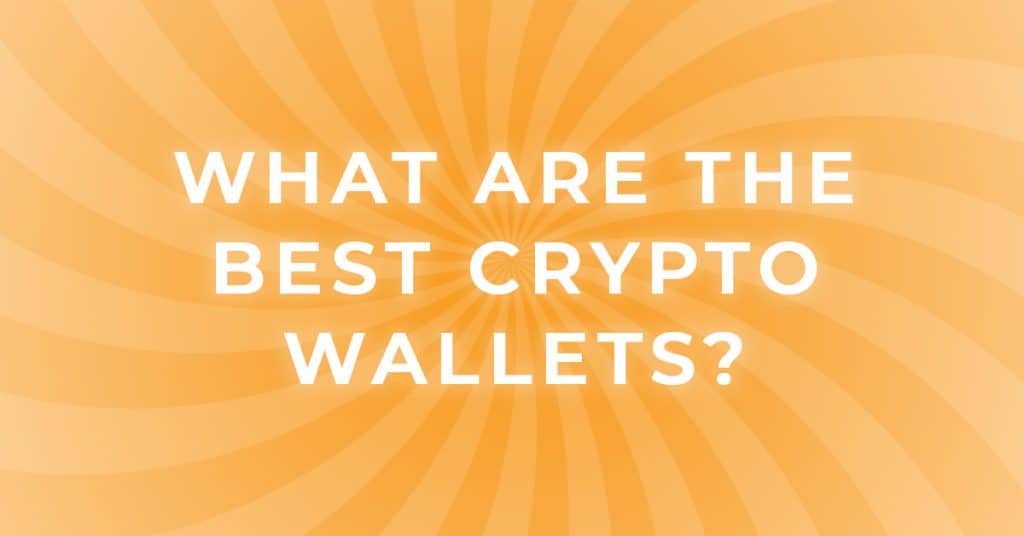
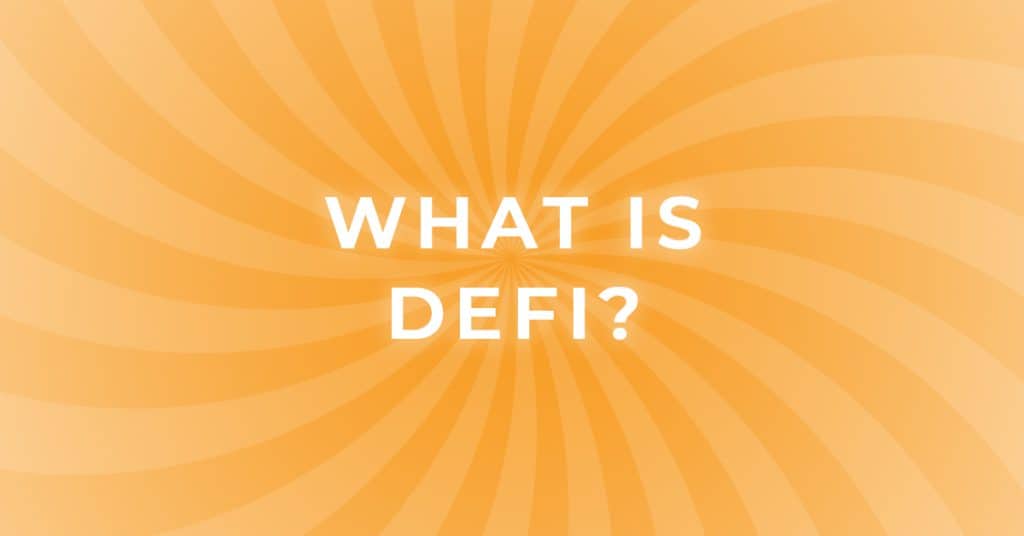

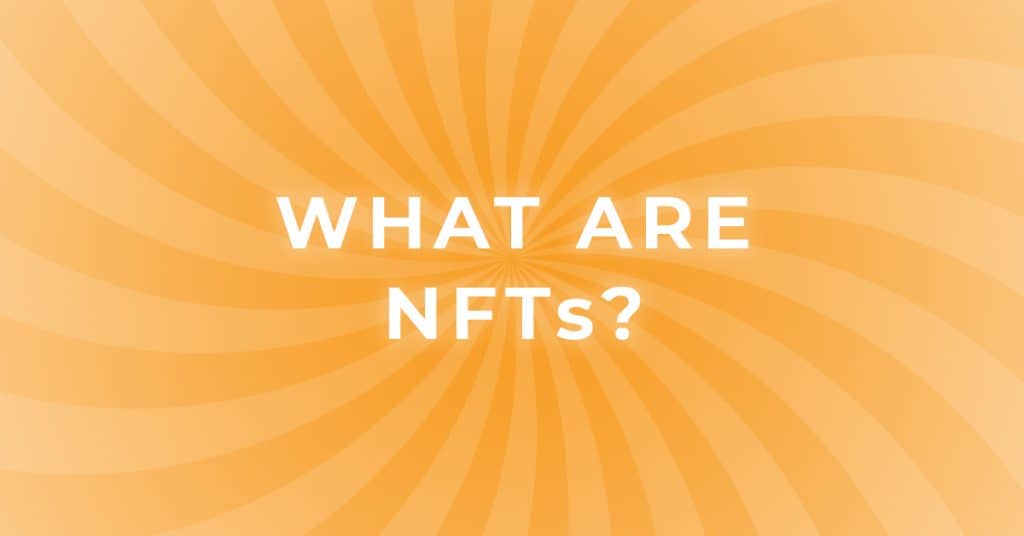
Responses